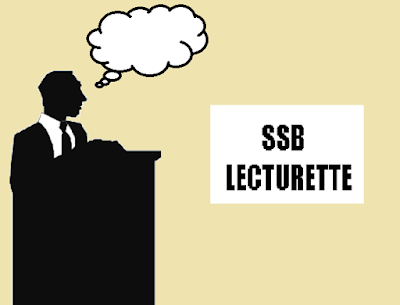Education system in India:
We all at some point of time have blamed our educational system, like "It does not encourage innovation"
"our education system focuses on memorizing" "it produces robots rather than intellectuals". Even I had concern on it as I was interested more on cultural, sports and other extracurricular activities but the system was only interested in marks/grades in the annual examination.
Well, most of the drawbacks are addressed, recently a landmark policy has been introduced by MHRD that is New Education Policy -2020 Aka NEP- 2020.
Appreciable key points are given below:
- 10+2 system has been replaced with 5+3+3+4: Our education system was majorly changed 34 years ago, after that NEP 2020 is next mile stone. Earlier as we know, we had 12 years of schooling in a model of 10+2, in new policy the schooling years is made to 15 years and is divided into 5+3+3+4. Here it focuses on primary and nursery education also as that is the phase when real and maximum mental development of child happens.
- Internship at class 6 and exposure to real world situation: We all faced the situation of coping up with real time world and dilemma in making career choices as what we study in school and colleges had no connection with real world. To address this problem NEP had made a point to give exposure to maximum professions from class 6th it self, so that a child will have a idea of a profession before making career choices, moreover he/she will start respecting other professions and their expertise.
- learning in vernacular/local language: we all know that a child at its early stage will have lot of influence of vernacular/local language and culture. It is human tendency that we grasp the knowledge quickly if it is explained in local and easy language. My early education also happened in vernacular after that I shifted to English, trust me only grasping the concepts matter, medium of education can be changed at any time and its easy. If we consider to 20 prosperous countries and European countries, they encourage their local and national language over English.
- Encouraging big international universities to setup campuses in India: It is evident by the facts that a huge number of youth are moving to US and European countries for higher studies. To grow the talent locally and encourage youth to attain higher studies in India, it is essential to improve our universities and bring top university's expertise to our country. the New Education Policy encourages that.
- Less focus on board exams and focus is on over all growth: Do you remember, Most of us use to study only when the exams were there or just to pass board exams? and do you remember our parents and relatives use to care a lot on our marks? have you felt pressurized at that time? now it all has changed, the focus on board exam results have been removed instead, the system is focusing in over all development of a child (360* development). the board exams will be conducted twice a year and it will not be in 10th and 12th class as earlier.
- No clear distinguishes between science commerce and art or humanity: In earlier 10+2 model the students are divided into science, commerce and arts right after 10th class. Some might have had a desire to study other streams subjects. like for example, if a student is in science stream and he might be keen about history, he had no options. well, that has been addressed in NEP-2020, the clear cut distinguish between the streams have been removed instead students will be given freedom to choose any subjects from other stream.
- Multiple entry and exit plans: Imagine you have taken B.E for graduation and after a year you felt its not the field you wanted study and you are interested in fine arts. In today's system you will loose out one year of your education and your one year in engineering college will go waste. but now according to NEP, if you have completed one year successfully you will stand a chance to get credits which you can use it in fine arts. and if you finish 3 years of BE/B.tech you can actually earn equivalent of diploma. also another considerable fact is, for graduation there will be one common entrance exam, just like SAT in US.
- 6% of GDP on education: This effort has been made earlier to spend 6% of GDP, but it never crossed 2%. This policy explicitly mentioned to spend 6% of national GDP towards education.
All good but what is the challenge?
According to me, the NEP-2020 is a landmark decision and it could be a game changer for India to grow as super power in all the fronts including innovation, prosperity and happiness index. but its all on paper yet. the main challenge lies in implementation of idea which we have. and other major challenge could be setting mentality and training teachers on new curriculum.
there are some other small hurdles which we think as problem but everything else will get settled later once we have the policy implemented.
some others also have concerns of center taking over the education system as earlier the freedom to make changes in education system was given to state as well.
The leader behind NEP- 2020, Dr. K. Kasturirangan: The leadership(chairman) behind NEP-2020 is Dr. K. Kasturirangan. The former chief of Indian space research organisation (ISRO) is also a Padmavibhushan. click here to know about Dr. K. Kasturirangan.









